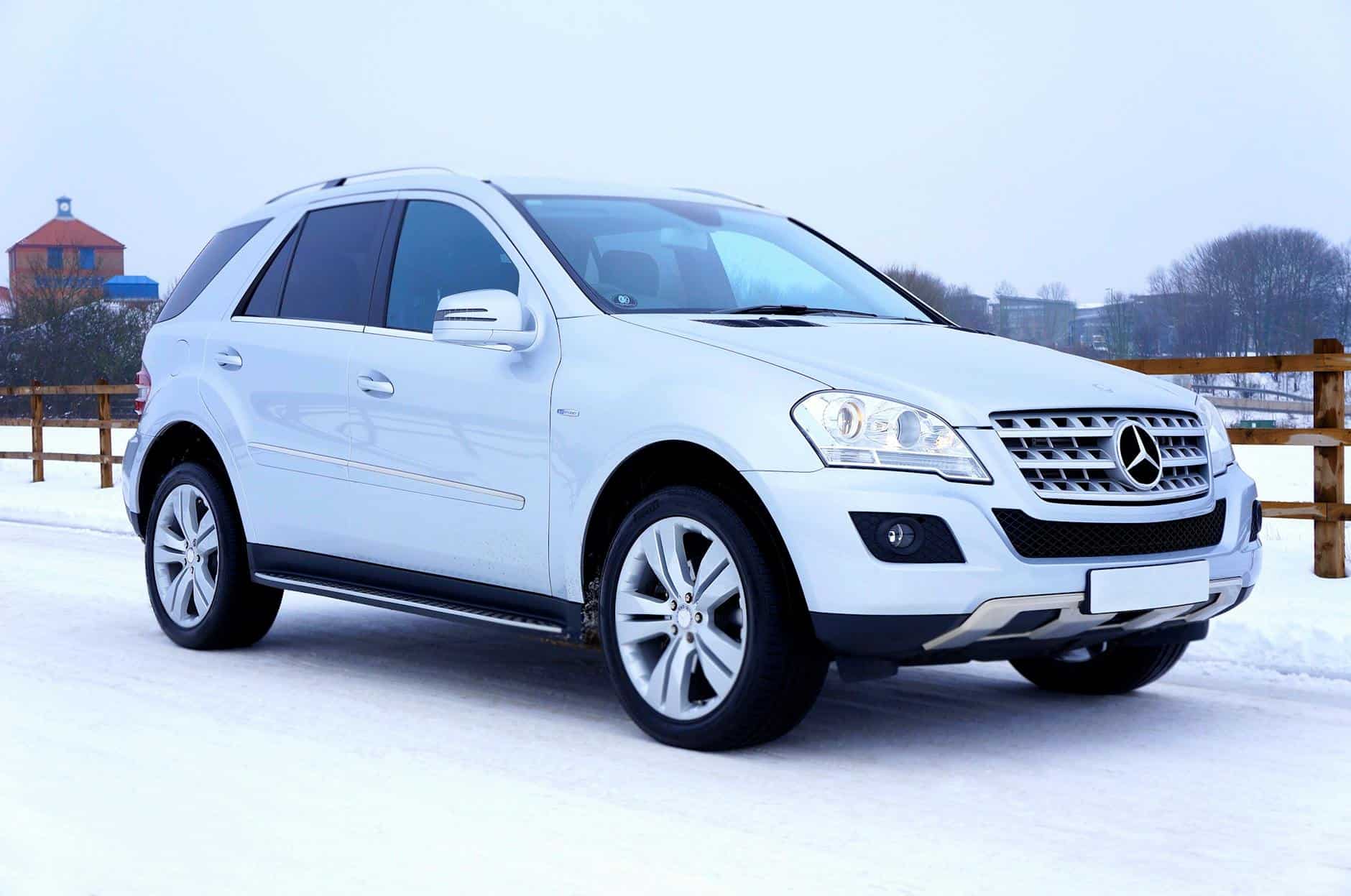According to the Federal Statistical Office (FSO), nearly 35,000 new vehicles were put into circulation across Switzerland in March 2024. And while this figure is 5% below the number in March 2023, the size of private vehicles rose, a now well established trend.
The only group of private vehicles rising in number was non-plug-in hybrids (+7%). The numbers of new plug-in hybrids (-5%), diesel (-6%) and petrol (-17%) car registrations fell. Those for electric vehicles remained flat.
Over the last few years, the size of newly registered vehicles has been growing by 1 cm or 2 cm every year, especially in wealthier cantons. Since 2011, new cars have grown by an average 16 cm in length, according to RTS. The rising size of cars is linked to the growing popularity of SUVs and luxury cars. In 2023, around half of all new cars added to Swiss roads were SUVs.
The canton of Zug leads on new car length. The average new car length in the canton in 2023 was 459 cm. At the other end of the spectrum was the canton of Jura where the average new car length in 2023 was 440 cm, 19 cm shorter than in Zug.
Some politicians have suggested taxing cars based on their size. Bigger cars are more polluting, they argue. However, there is a more direct means to tax pollution: tax on fuel. More polluting cars burn more of it. The advantage of focusing on a tax more directly connected to pollution is that it encourages innovation. It provides an incentive for manufacturers to invest in technology that is less polluting. Focusing on size incentivises the production of smaller but not necessarily less polluting vehicles.
More on this:
FSO article (in French) – Take a 5 minute French test now
For more stories like this on Switzerland follow us on Facebook and Twitter.
